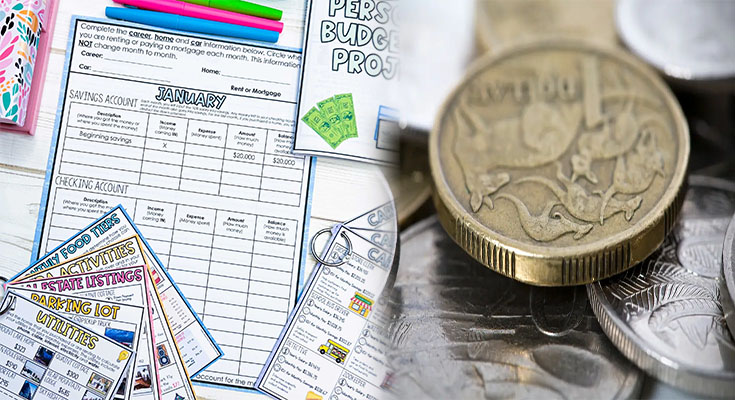Personal budgeting is a fundamental aspect of financial planning that helps individuals manage their income, expenses, and savings effectively. By incorporating financial mathematics principles into budgeting practices, individuals can make informed decisions, track their financial progress, and achieve their long-term financial goals. Here are some real-world financial mathematics examples for personal budgeting:
Budget Allocation:
Percentage-Based Budgeting: Allocate a percentage of your income to different categories such as housing (30%), transportation (15%), groceries (10%), savings (20%), and discretionary spending (25%). This approach helps maintain a balanced budget and ensures that essential expenses are covered first.
Compound Interest:
Savings and Investments: Understand how compound interest works to grow your savings and investments over time. By calculating the compound interest earned on your savings or investments, you can estimate the potential growth of your money and make informed decisions about where to allocate your funds.
Debt Repayment:
Loan Amortization: Use loan amortization calculations to determine the total cost of repaying a loan over time. By analyzing the impact of different repayment options, including extra payments or accelerated schedules, you can save money on interest charges and pay off debt faster.
Risk and Return:
Risk Assessment: Evaluate the risk and return potential of different investment options before making investment decisions. Understand concepts such as volatility, diversification, and expected returns to build a diversified investment portfolio that aligns with your risk tolerance and financial goals.
Time-Value of Money:
Retirement Planning: Calculate the future value of your retirement savings using the time-value of money concept. By determining how much your current savings will be worth in the future based on expected returns and inflation rates, you can assess whether you are on track to meet your retirement goals.
Financial Goals:
Goal Setting: Establish short-term and long-term financial goals, such as buying a home, starting a business, or saving for education. By setting specific, measurable, achievable, relevant, and time-bound (SMART) goals, you can create a roadmap for your financial journey and track your progress towards achieving milestones.
Emergency Fund:
Fund Adequacy: Calculate the recommended size of an emergency fund based on your monthly expenses and the number of months you want to cover in case of unexpected financial challenges. Maintain an emergency fund equal to three to six months’ worth of expenses to provide a financial safety net in times of need.
Incorporating these real-world financial mathematics examples into your personal budgeting practices can help you make informed financial decisions, optimize your resources, and achieve financial stability and security. By leveraging the power of financial mathematics, you can build a strong financial foundation and work towards a brighter financial future.





